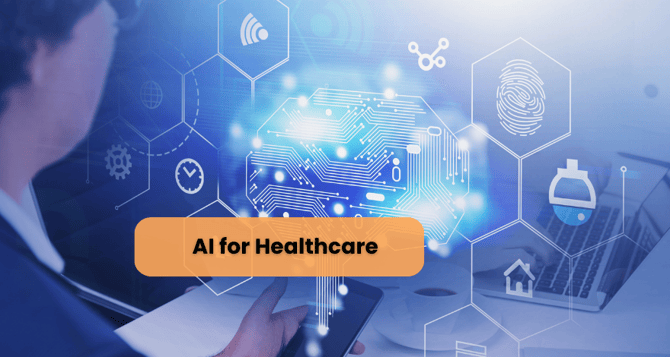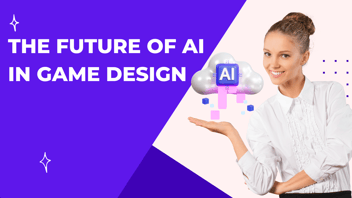Enhancing Healthcare with AI: U-Net Image Segmentation System
This article explores how AI, particularly the U-Net architecture, is used to create a precise medical image segmentation system in healthcare, highlighting its potential for enhanced diagnostics.

In the fast-evolving landscape of healthcare, the intersection of artificial intelligence (AI) and medical imaging is revolutionizing the way we diagnose and treat diseases. One remarkable advancement in this field is the development of medical image segmentation systems using the U-Net architecture.
In this article, we'll take a closer look at how AI, specifically U-Net, is reshaping healthcare by enabling precise and efficient medical image analysis.
Understanding Medical Image Segmentation
Medical image segmentation is a vital task in healthcare. It involves identifying and precisely outlining regions of interest within medical images like X-rays, MRIs, or CT scans.
This process is crucial for tasks such as tumor detection, organ localization, and anomaly identification. Traditionally, these tasks were performed manually, which was time-consuming and prone to human error.
Enter U-Net: The AI Solution
The U-Net architecture is a convolutional neural network (CNN) specifically designed for image segmentation tasks. What makes U-Net stand out is its unique U-shaped structure, which enables it to capture intricate details within medical images. This architecture has proven to be highly effective in producing accurate and reliable segmentation results.
The Role of AI in Healthcare
Now, let's delve into how AI, particularly U-Net, is applied in healthcare for medical image segmentation.

1. ) Data Preprocessing
First, medical images need to be prepared for analysis. Node.js, a versatile runtime environment, can assist with tasks like resizing images and normalizing pixel values, ensuring they are in a suitable format for the AI model.
2.) Model Development
Using deep learning libraries like TensorFlow.js, developers can create and train the U-Net model. This training process involves feeding the model large datasets of annotated medical images to enable it to learn and make accurate segmentations.
3.) Integration with Healthcare Systems
Node.js plays a crucial role in integrating the AI model with healthcare systems. It acts as a bridge between the AI model and various components of the healthcare infrastructure, such as medical imaging devices and electronic health records (EHRs).
4.) Real-Time Inference
With Node.js, the trained U-Net model can perform real-time image segmentation, providing immediate results to healthcare professionals during diagnosis. This capability is especially valuable in time-sensitive medical scenarios.
5.) Security and Compliance
Node.js helps ensure that security measures are in place to protect patient data, complying with healthcare data regulations like HIPAA.
Benefits of AI in Healthcare
The adoption of AI-driven medical image segmentation systems, built on the foundation of U-Net and facilitated by Node.js, brings several significant advantages to healthcare:
- Precision: AI significantly enhances the accuracy of diagnoses by providing precise segmentations of medical images.
- Efficiency: Real-time segmentation speeds up the diagnosis process, enabling quicker treatment decisions and reducing patient wait times.
- Consistency: AI systems deliver consistent results, reducing variability in interpretations among different healthcare practitioners.
- Scalability: Node.js makes it possible to scale AI deployments, allowing the technology to be integrated into various healthcare settings.
Conclusion
The marriage of AI, exemplified by the U-Net architecture, and Node.js is reshaping the landscape of healthcare. By harnessing AI for medical image segmentation and leveraging Node.js for implementation, healthcare providers can offer more accurate and timely diagnoses, ultimately improving patient outcomes.
Ready to Dive Deeper into Our AI Development Solutions?
Transform possibilities into realities with our efficient and innovative approach to AI development.
This transformative approach underscores the promising future of AI-powered healthcare, where technology plays a pivotal role in saving lives and enhancing patient care. As these technologies continue to evolve, we can expect even more groundbreaking innovations in healthcare that will benefit patients and medical professionals alike.


%201-1.webp)


.png?width=344&height=101&name=Mask%20group%20(5).png)







.png?width=352&name=microsofts-recall-feature%20(3).png)

.png?width=352&name=microsofts-recall-feature%20(2).png)







